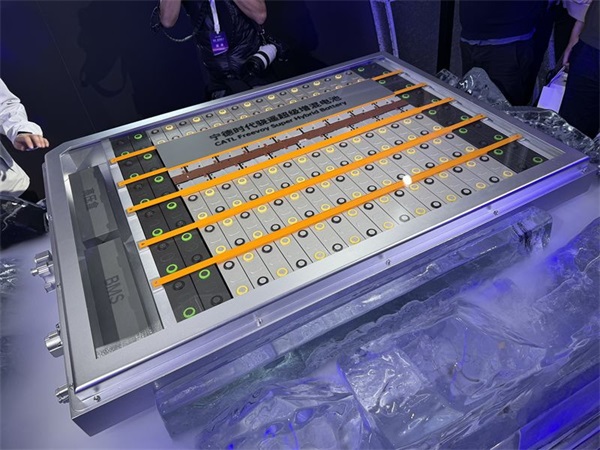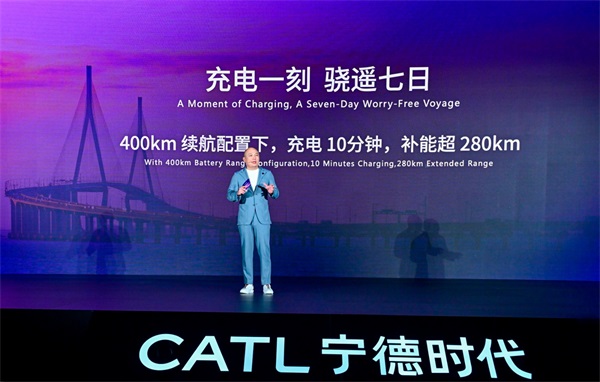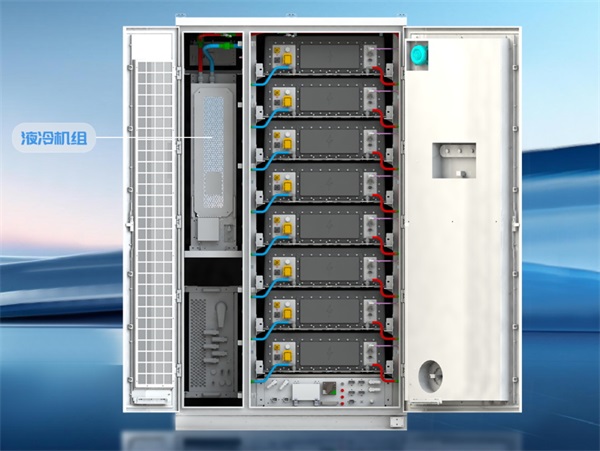CATL Freevoy Super Hybrid Battery: A Future Energy Innovation for Electric Vehicles
On October 24, 2024, CATL officially launched the Freevoy Super Hybrid Battery, marking a significant breakthrough in high-capacity extended-range electric vehicle (EREV) and plug-in hybrid electric vehicle (PHEV) technology. This battery is not only the world's first hybrid battery to achieve over 400 kilometers of pure electric range, but it also supports 4C ultra-fast charging technology, making it a crucial force in promoting sustainable transportation.
1. Industry Background and Market Demand
As the global automotive industry accelerates its transition to electrification, the new energy vehicle market is experiencing rapid growth. According to relevant data, PHEVs and EREVs are increasingly gaining importance in the new energy vehicle market. However, many consumers are dissatisfied with the current hybrid models, particularly regarding short electric ranges, slow charging speeds, and performance degradation in low-temperature environments. These issues not only impact the user experience but also hinder the widespread adoption of hybrid models. Therefore, developing a battery that effectively addresses these pain points has become an urgent industry need.
2. CATL Freevoy Battery's Technological Innovations
The CATL Freevoy battery is designed to tackle the aforementioned challenges, utilizing a series of innovative technologies to enhance the performance of hybrid vehicles. Its main technological features include:

- Exceptional Range: The Freevoy battery achieves over 400 kilometers of pure electric range, meeting the daily commuting needs of most urban users. A single charge can support a week's worth of daily travel, significantly improving vehicle practicality.
- Ultra-Fast Charging Technology: CATL's 4C ultra-fast charging technology allows the Freevoy to be charged to 280 kilometers of range in just 10 minutes, approaching the charging efficiency of pure electric vehicles and alleviating range anxiety.
- Low-Temperature Adaptability: The Freevoy employs sodium-ion battery technology, overcoming the limitations of traditional lithium-ion batteries in low temperatures. This battery can effectively discharge in environments as cold as -40 degrees Celsius and can be charged at -30 degrees Celsius, providing a reliable driving experience in extreme weather conditions.
- Intelligent Battery Management System: Through a high-precision State of Charge (SOC) model for all scenarios, the SOC control accuracy of the Freevoy has improved by 40%, enhancing overall pure electric utilization by over 10%. Additionally, CATL has developed multi-layer battery power prediction and control strategies to address the polarization characteristics of battery charging and discharging, improving power performance by 20%.
3. Reliability and Safety
In developing the Freevoy, CATL has placed particular emphasis on battery reliability and safety. The company has established a comprehensive reliability management system, from material selection and manufacturing processes to extensive testing and validation, forming a closed-loop quality control system. Furthermore, CATL leverages big data technology to create a warning mechanism that promptly identifies and resolves potential safety hazards, ensuring a safe driving experience for users.
4. Application Scenarios and Market Prospects
The successful launch of the Freevoy battery has already seen applications in several brands, including Li Auto, AVATR, DEEPAL, Changan New Energy, and NEZA. It is expected that by 2025, brands like Geely, Chery, GAC, and Weixing will launch 30 hybrid models equipped with the Freevoy battery. This not only indicates a broad market application for Freevoy but also provides consumers with more choices, further advancing the development of the hybrid vehicle market.
5. Conclusion and Outlook
CATL's Freevoy Super Hybrid Battery offers a new solution for sustainable transportation, redefining the performance standards of hybrid vehicles. Through technological innovation and a deep understanding of user needs, CATL has not only improved battery range and charging efficiency but also made significant advancements in low-temperature adaptability and safety. In the future, CATL will continue to increase its investment in technological research and development, driving the evolution of electric vehicle technology and providing greener, more convenient solutions for global mobility, thereby contributing to a more sustainable transportation future. With ongoing technological advancements and a maturing market, the Freevoy battery is poised to lead the hybrid vehicle industry to new heights.


